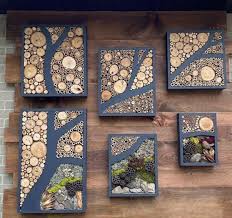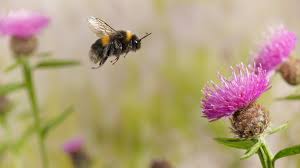Creating a wildlife-friendly garden is not just about making your outdoor space beautiful; it’s also about nurturing biodiversity, supporting pollinators, and embracing nature’s rhythm. Whether you have a sprawling garden or a compact urban oasis, designing your garden with bees, birds, and butterflies in mind can enhance its vibrancy while benefiting the environment. Additionally, integrating these elements into modern garden designs and healing gardens can create a tranquil, restorative space for both wildlife and humans.
Why a Wildlife-Friendly Garden Matters
Encouraging wildlife into your garden isn’t merely an aesthetic choice—it’s an ecological necessity. Bees, for example, are responsible for pollinating approximately one-third of the food we eat. Birds help control insect populations, while butterflies serve as natural indicators of a healthy ecosystem. Without them, the delicate balance of nature could be disrupted.
By carefully selecting plants, designing habitats, and incorporating thoughtful features, you can transform your garden into a sanctuary for these essential creatures.
Incorporating Wildlife into a Modern Garden Design
Modern garden designs often emphasize clean lines, structured layouts, and low-maintenance features. However, this doesn’t mean wildlife-friendly elements need to be sacrificed. Here’s how you can blend contemporary aesthetics with nature’s bounty:
1. Native and Pollinator-Friendly Plants
Choose plants that attract bees and butterflies while maintaining a sleek look. Lavender, Echinacea, and Verbena bonariensis not only offer bursts of colour but also provide nectar-rich sources for pollinators.
2. Stylish Water Features
A minimalist birdbath or a modern pond with gentle ripples can offer birds a place to drink and bathe while complementing a modern aesthetic. Opt for geometric shapes and natural stone to maintain a contemporary vibe.
3. Vertical Greenery and Living Walls
For small or urban gardens, vertical gardens with trailing ivy, flowering climbers, or even a green roof can offer nectar sources while preserving a structured look.
4. Eco-Friendly Lighting
Subtle, solar-powered lighting can illuminate your garden beautifully while minimizing disruption to nocturnal pollinators like moths.
Wildlife and the Healing Garden Connection
Healing gardens, designed to promote relaxation and well-being, align seamlessly with wildlife-friendly principles. Encouraging birdsong, fluttering butterflies, and the gentle hum of bees can heighten the sensory experience, making these gardens even more restorative.
1. Sensory Planting for Serenity
Incorporate fragrant plants such as jasmine, chamomile, and rosemary, which not only attract pollinators but also offer therapeutic benefits through their soothing scents.
2. Natural Soundscapes
The gentle trickle of a water feature combined with birdsong creates a calming auditory landscape, reducing stress and promoting mindfulness.
3. Soft, Flowing Pathways
Curved pathways lined with nectar-rich flowers invite both pollinators and visitors to meander peacefully through the garden.
4. Wildlife Havens for Reflection
Incorporate bee hotels, bird feeders, and butterfly-friendly plants in quiet nooks to allow visitors to connect with nature and enjoy moments of stillness.

Practical Steps to Get Started
- Plant a Pollinator Patch – Even a small cluster of wildflowers can provide an essential food source for bees and butterflies.
- Provide Shelter – Install birdhouses, bee hotels, and log piles for small creatures.
- Avoid Pesticides – Use natural alternatives like companion planting to keep pests at bay without harming beneficial insects.
- Create a Water Source – A shallow dish with pebbles can provide hydration for pollinators and birds alike.
For more inspiration on healing gardens and wildlife-friendly designs, visit Healing Gardens.
Useful UK Resources for Wildlife Gardening
- RSPB – Wildlife Gardening Tips
- Buglife – Creating a Pollinator Garden
- The Wildlife Trusts – Gardening for Wildlife
- Butterfly Conservation – Attracting Butterflies to Your Garden
By making even small changes, your garden can become a thriving habitat, buzzing with life and filled with natural beauty. Whether you’re designing a modern sanctuary or a healing retreat, integrating wildlife-friendly elements will create an enchanting and meaningful space for both people and pollinators alike.

